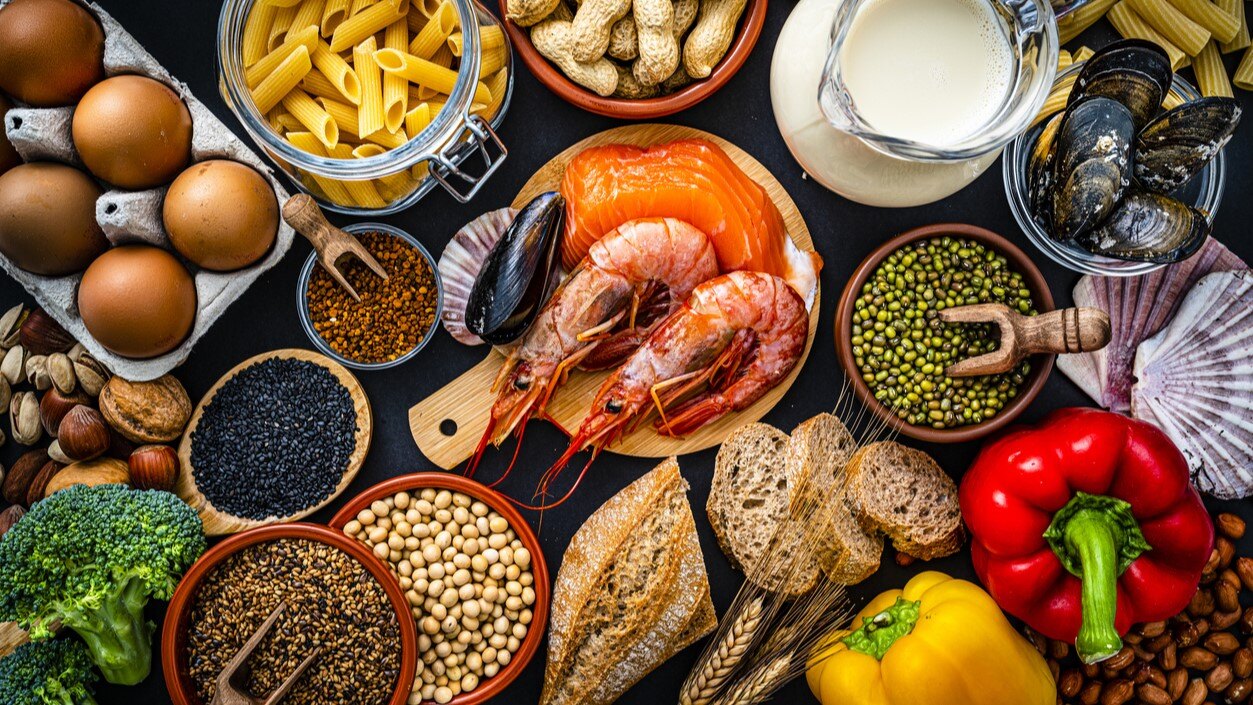Understanding the New Food Allergen Declaration Exemption Guidelines From FAO & WHO
In March, the FAO & WHO published a report on a meeting of their Joint Expert Consultation on Risk Assessment of Food Allergens (JECRA) committee, evaluating whether certain foods and ingredients, especially highly refined ones known to cause hypersensitivity, could be exempted from mandatory allergen declaration. The meeting proved to be incredibly productive, with stakeholders addressing processes already in place for determining these exemptions and creating a framework for more quickly assessing future exemptions.
The committee did more than arrive at a conclusion: They developed a flowchart tool that Codex members can now use for future evaluation of food allergen derivative exemptions. Here’s how it works — and what it means for the future of allergen declaration.
The Current State of Food Allergen Exemptions
At their core, the actual allergens in ingredients and food products primarily consist of proteins. When allergenic foods undergo processing or refinement, the process often alters their protein structure, potentially reducing their impact on sensitive humans. This alteration makes the derivatives of these foods safer for consumption, particularly for people with allergies to the original food product.
Because of the altered safety profile of processed allergenic proteins, Codex member countries have lists of food products exempted from current allergen labeling requirements, as long as they are derived from priority allergens. The list is so well validated that member countries have a high degree of agreement on what exemptions are allowed, though there are variations in exemption criteria for various derivatives.
During their recently reported meeting, the committee concluded that there’s a need for Codex members to have a standardized and reliable process for expanding this list. As a result, attendees created a process for evaluating future proposals for allergy declaration exemption. The outcome wasn’t merely a detailed document on how to evaluate food products, but a comprehensive visual flowchart to walk stakeholders through the process.
How to Use the Food Allergen Evaluation Flowchart
The goal of the process (and the flowchart) is to streamline the evaluation of whether a food product or allergen derivative is safe enough for consumption by sensitive individuals to not warrant labeling. The process for evaluation focuses on building a comprehensive framework of the allergen derivative, and then systematically assessing its safety profile. The flowchart guides evaluators through three key considerations:
- Detailed Overview of the Allergen Derivative, taking into account its source, composition, safety, and history of adverse reactions, to name a few parameters. This provides the background information and data used for the actual safety evaluation.
- Total Protein Quantification, which provides insight into how much of a known allergen consumers might be exposed to from the product. Recommended methods for total protein quantification include using multiple test methods based on different principles, including total amino acid analysis when appropriate.
- Comprehensive Exposure Assessment protocols, for cases where the proposed derivative doesn’t match any already exempted product or derivative with an established history of safe use. Evaluators then run calculations involving the intended use levels of the proposed derivative, total protein concentration, and other data gathered from the proposal to estimate potential exposure amounts and whether that falls within established safety limits.
Here’s the JECRA-aligned flowchart for an overview of how this process unfolds:

This new tool is intended to dramatically streamline the allergen declaration exemption process for Codex member nations while providing a new level of transparency for manufacturers into how regulators determine allergen risk. Food and beverage producers that incorporate this framework into their product development cycle may be in a position to anticipate their labeling requirements and formulate products accordingly.
Stay Up to Date on Food Allergen Labeling With AIB International
Food allergen labeling is constantly evolving as regulators and other stakeholders advance in knowledge about public health and allergen exposure. Staying informed far in advance about food allergen safety and labeling requirements is key to mitigating risks and minimizing costs from sudden changes in compliance demands. AIB International is a trusted partner in providing up-to-date information and guidance on allergen labeling requirements. Sign up for the newsletter to stay in the loop.


